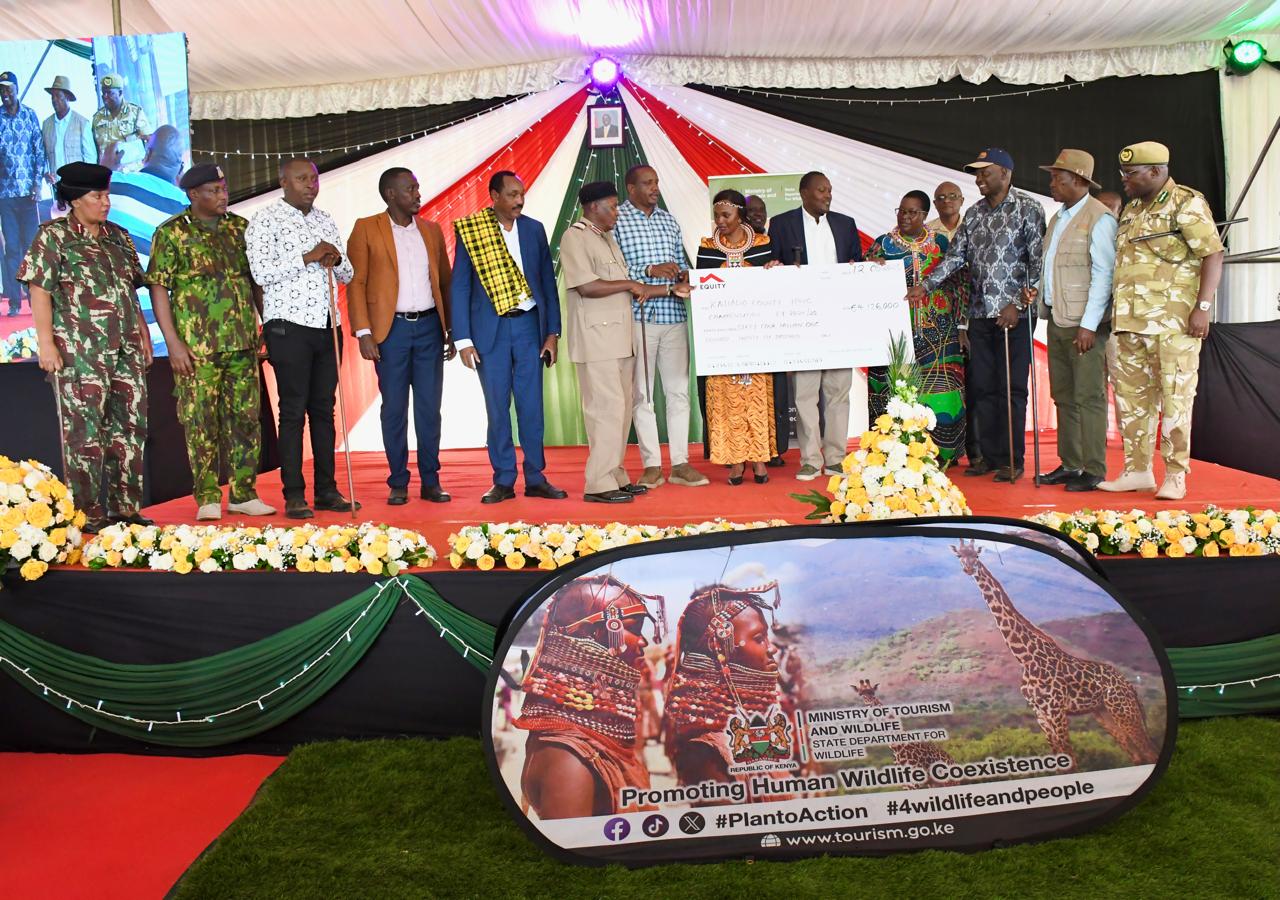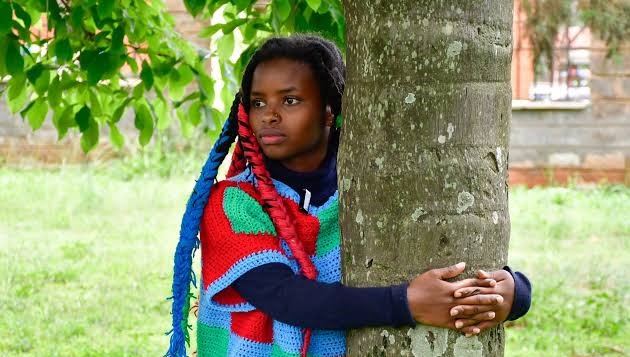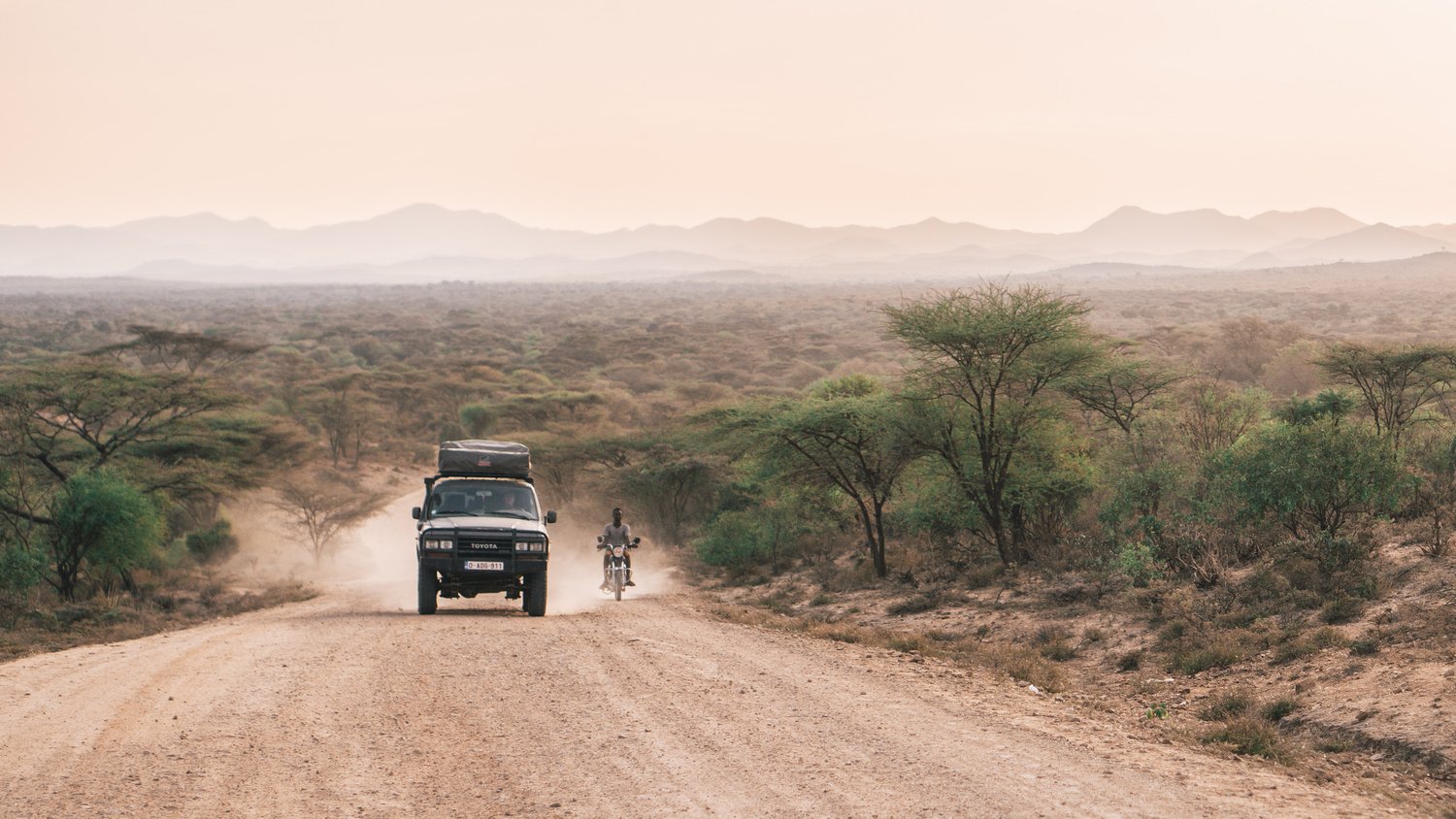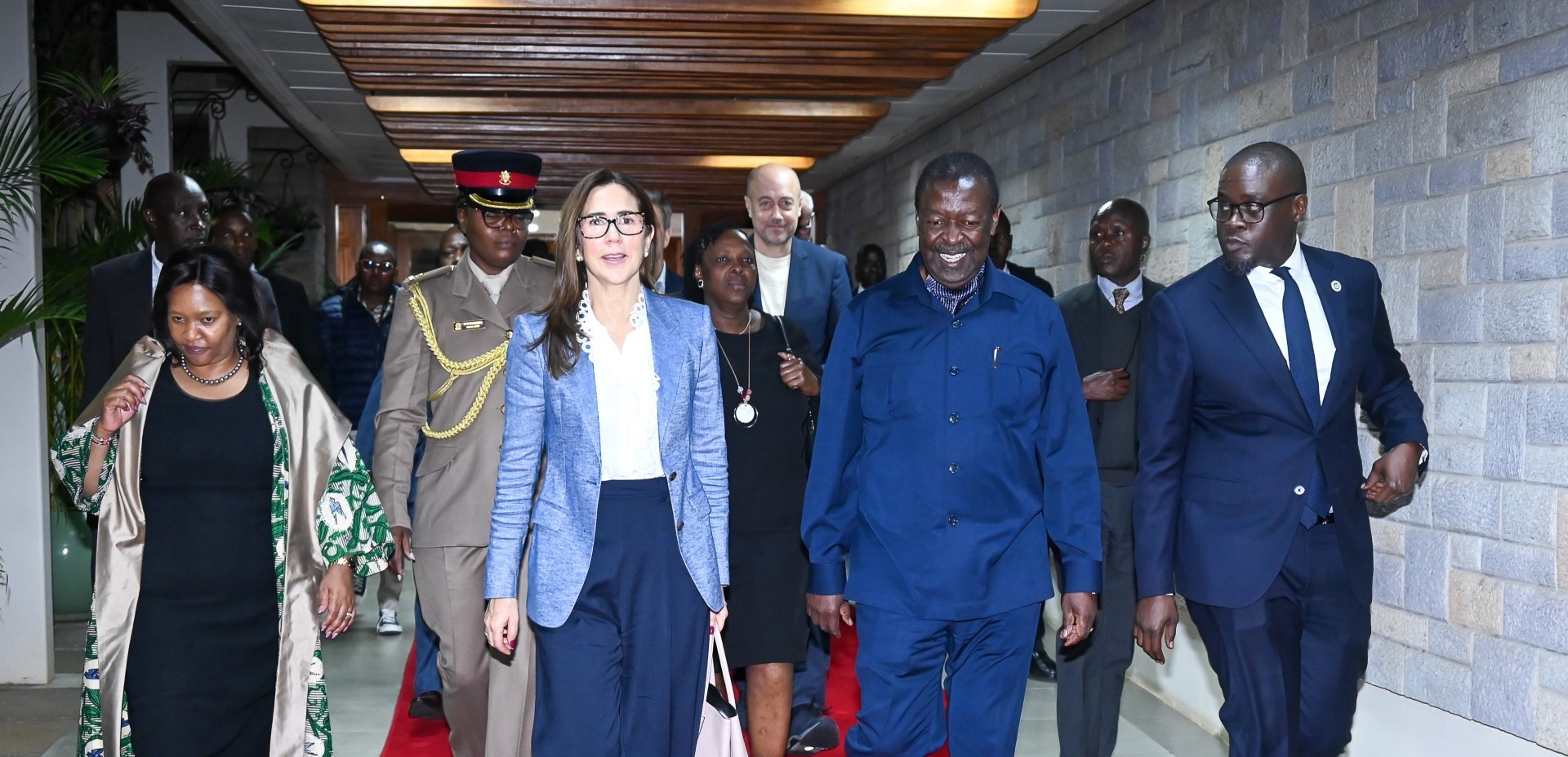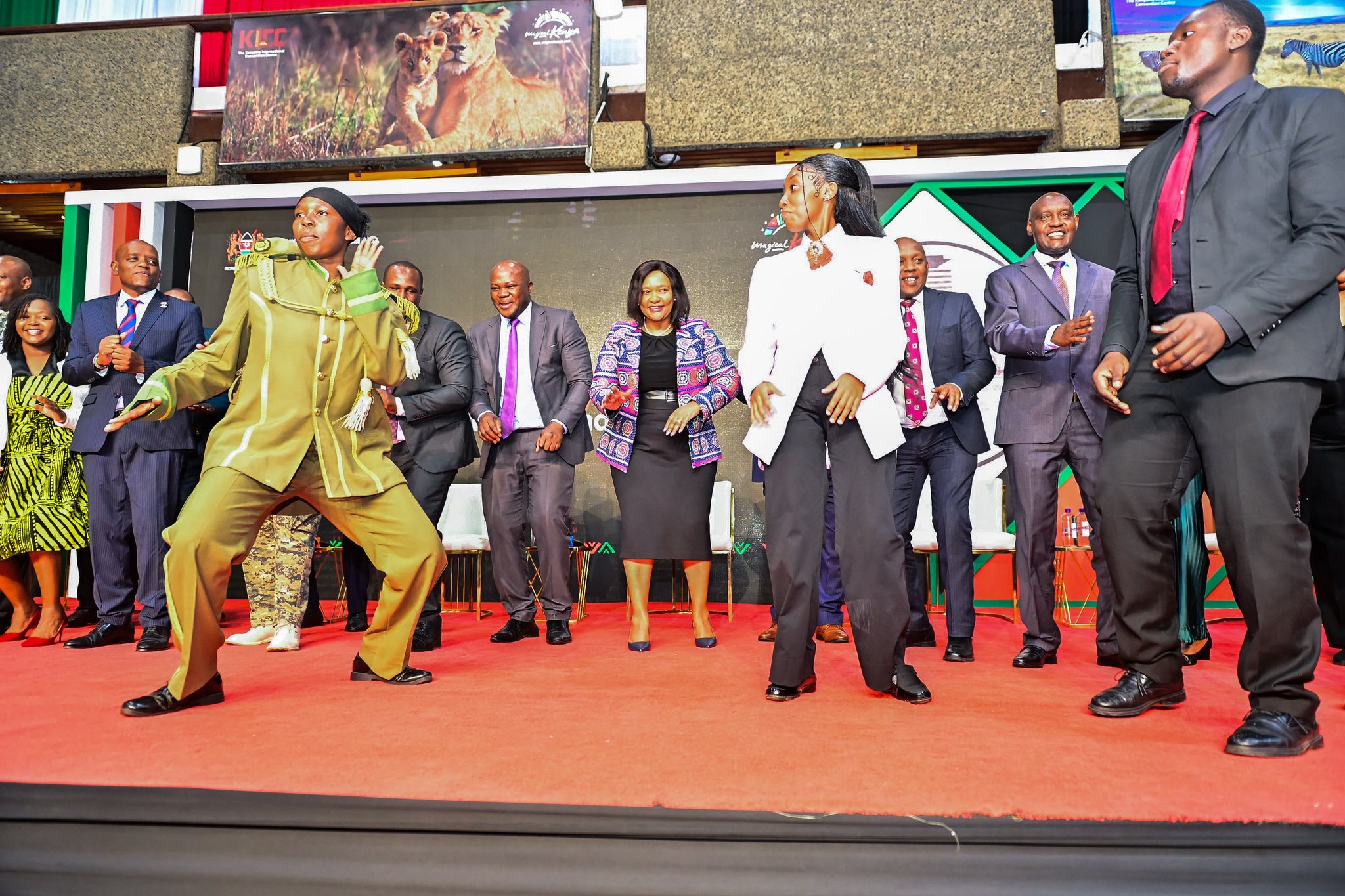- Conflicts between people and wildlife currently rank amongst the main threats to conservation in Kenya and indeed in Africa as wildlife survival needs often overlap with those of human populations.
Human-Wildlife Conflict (HWC) currently ranks amongst the main threats to conservation in Kenya and Africa at large, as wildlife survival needs often overlap with those of human populations.
The areas most affected include Taita Taveta, Tsavo, Laikipia, and parts of the Rift Valley.
This issue is brought by climate change, population growth, and the encroachment of human settlements into wildlife habitats.
With between 65-70 per cent of wildlife residing outside protected areas, one of the critical challenges to conservation is how to enhance and sustain coexistence between people and wildlife.
The Government of Kenya has stepped up on community engagements forums on Human-wildlife Conflicts (HWC). In addition, compensation in hotspot counties have been intensified.
Read More
The National Strategy and Action Plan (2024–2033), launched by the Kenya Wildlife Service (KWS) focuses on land management, innovative mitigation methods, capacity building, and fair compensation for affected communities.
The plan emphasizes the importance of sustainable coexistence between humans and wildlife.
On May 13, 2025, the Principal Secretary (PS) in the State Department for Wildlife Silvia Museiya, Kenya Wildlife Service (KWS) and other political leaders gathered in Kajiado County to issue cheques to communities amounting to Ksh.64,126,000 spread across the entire County.

“It indeed moved my heart when I interacted with claimants who wore hopeful faces denoting the big relief they received after years of waiting. The field interactions revealed that communities want a faster and more efficient compensation payment that is timely,” said the PS.
Mitigation practices such as community engagement, improved herding practices and sustainable enterprises like beekeeping, should be adopted to reduce conflicts and foster coexistence.
Other ways to reduce the Human Wildlife Conflicts include providing financial support to the affected communities, encouraging proactive conservation efforts and shared responsibility.

